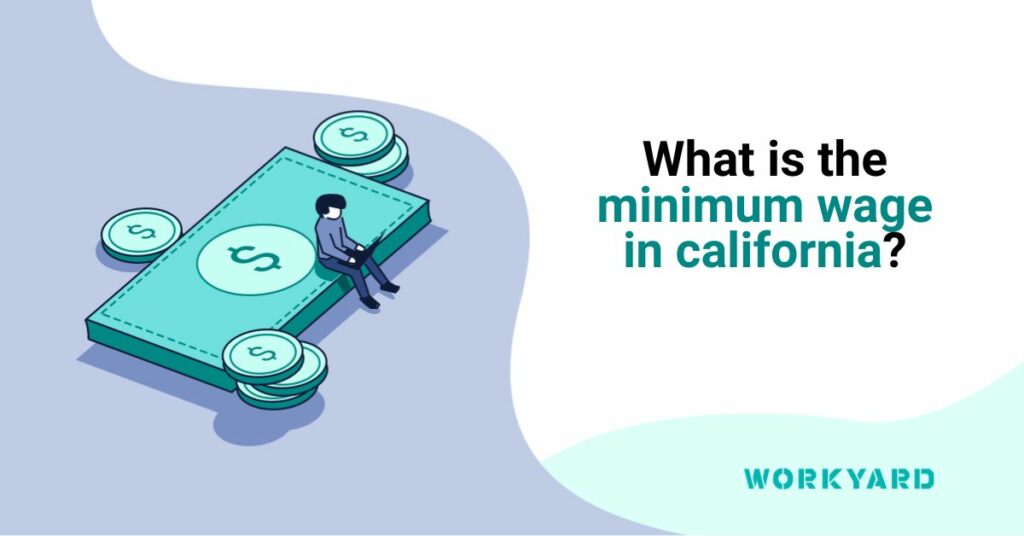California, like many states, has a two-tiered minimum wage system. There’s the state minimum wage, which applies to all employers across the state, and then there are local minimum wages. The local minimum wages are set by various cities and counties within California and can be higher than the state minimum.
State Minimum Wage Rates
The state minimum wage in California has been on an upward trajectory to address economic disparities and the rising cost of living. Here’s a summary of recent changes:
- January 1, 2022: The minimum wage for organizations with 25 or less employees increased to $13 per hour. For organizations with 26 or more employees, it rose to $14 per hour.
- January 1, 2023: The minimum wage went up again. For employers with 25 or fewer employees, it’s $14 per hour, and for those with 26 or more employees, it’s $15 per hour.
- Future Increases: California law dictates that the minimum wage will increase by $1 each year until it reaches $15 per hour for both employer categories.
Local Minimum Wages
Local minimum wages can differ significantly across California. For example, in Los Angeles, the local minimum wage offers more than the state minimum wage due to the city’s high living costs.
Understanding California’s minimum wage is crucial for both employers and employees. Staying informed about minimum wage laws is essential to ensure that workers receive fair compensation, and employers remain compliant with state regulations.

